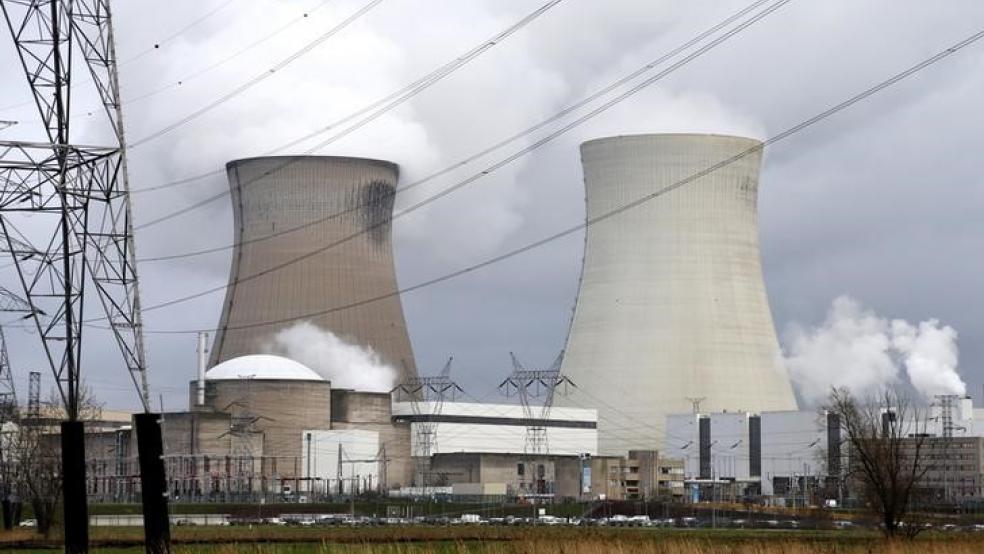Energy companies are shutting down their nuclear power plants and resorting to other forms of production. This is primarily due to the lack of funding and cheaper alternatives such as oil. With shale production continuing to ramp up production and incidentally lowering oil prices, nuclear facilities are no longer considered cost effective. It’s upsetting to contemplate the idea of nuclear power failing in the United States, especially when other countries’ governments, including those of Russia and China, are still fully financially backing the energy source.
The costs pertinent to nuclear power plants are astounding. Plants cost billions of dollars to construct and then millions more based on required resources, overhead, and proper waste disposal. Bloomberg reports that the cost to build a nuclear reactor could be more than five times the cost to build a gas-fired reactor. With fossil fuels appearing so attractive, it’s hard to argue with the current shift. This raises the question of what could happen if oil supply recedes again or if OPEC successfully cuts production. By shutting our doors on these decade old reactors, we could be restricting our options in the future all the more so.
The first nuclear power plant was created in 1954, back when it made sense to invest in an exciting new field. Today, however, nuclear power is considered too old of an idea to receive such heavy investments. Investors believe that by now, reactors should be able to stand by themselves without funding. As of 2013, nuclear energy only received 7 percent of subsidies from the government, the lowest of all energy subsidies. New York State is continuing to spend $500 million a year on subsidies, something other states are no longer offering. Governor Cuomo’s goal is to maintain a level of 50 percent reliance on renewables in New York. He believes power plants are the key to the success because it preserves the jobs of plant workers.
Related: On the ballot: two clashing visions of how America will power its cars, homes
Carlyle Group predicts that if power plants don’t receive more funding then they could be permanently closed. The group is heavily invested in renewable energy, explaining their concern for the shrinking industry. Holders of nuclear energy will likely begin to experience a downward trend in their share value. Carlyle is thoroughly diversified however and will surely remain flat.
Exelon Corp and Entergy Corp are in the process of shutting down several of their reactors. Exelon noted their third quarter earnings dropped 22 percent, likely from the two Illinois plants that cost them $800 million in the past seven years. Speculators should be on the watch for when the company begins closing the plants sometime in the middle of next year. Entergy is in just as much trouble having finalized plans to close the James A. FitzPatrick Nuclear Power Plant last year. The plans will be implemented in 2017.
When a country relies on multiple sources of power like wind, nuclear or gas, prices tend to remain steady. With the retirement of nuclear reactors, volatility in the power sector will likely increase. Investors should consider buying options on power futures for the mid to long term.
This article originally appeared on OilPrice.com. Read more from OilPrice.com:
Brazil To Boost Oil Output, Regardless Of OPEC’s Deal



